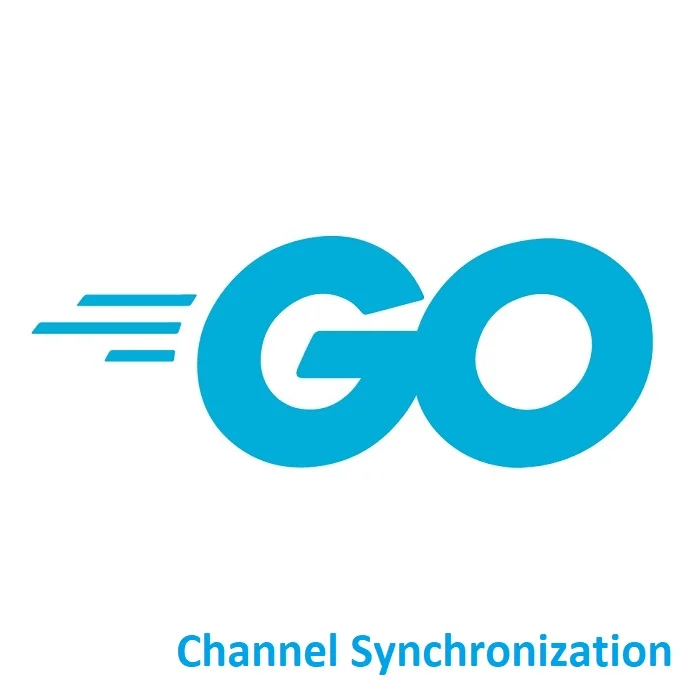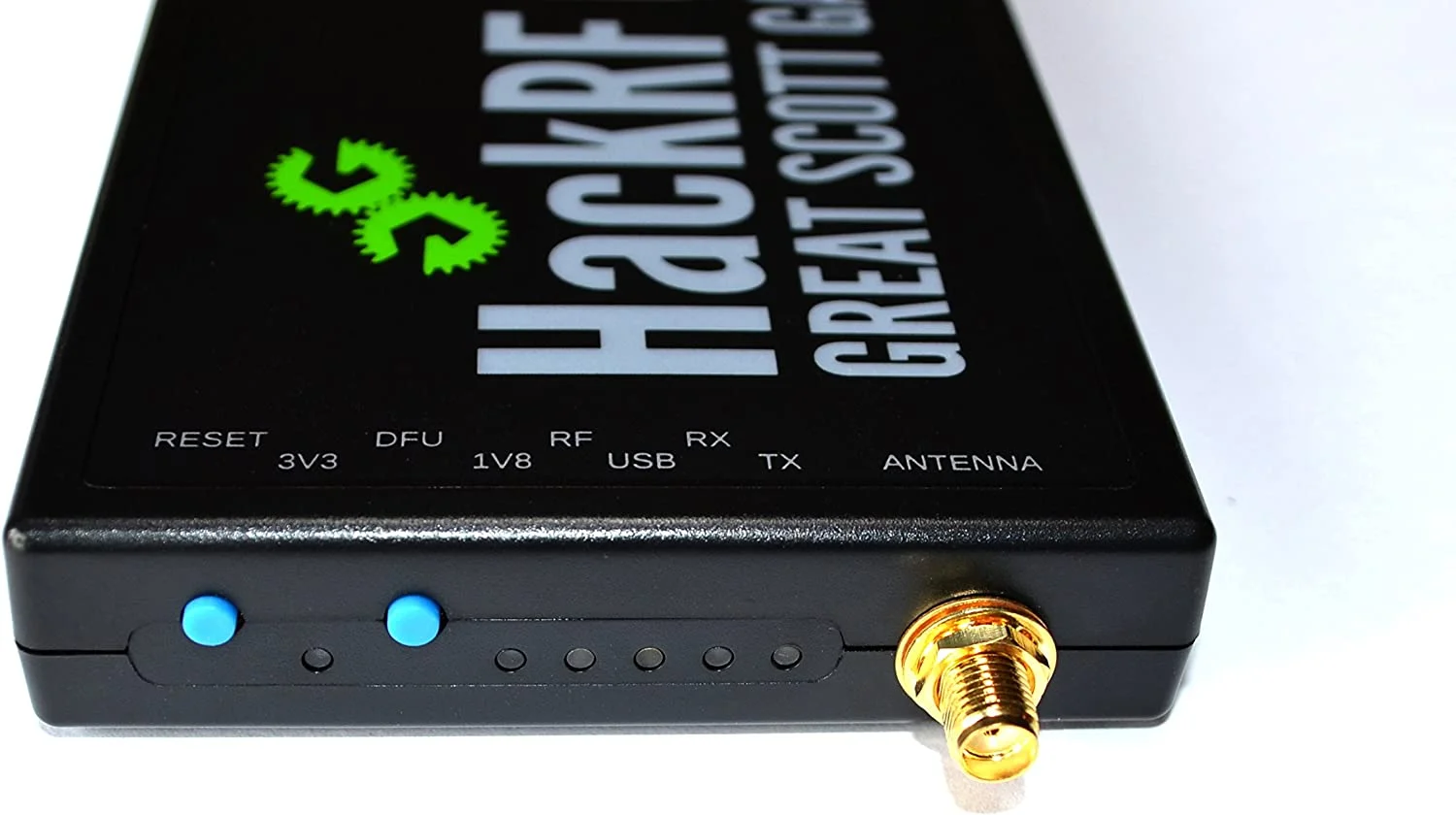
Enhancing Readability and Code Understanding
Welcome to the world of Golang! Comments serve as a crucial aspect of code readability and understanding, providing insights into code logic and intentions. This guide aims to explain the use of comments in Golang, their importance, and offering best practices for utilizing them to enhance code comprehension.
What are Comments?
Comments are used to add explanatory notes within the code that are ignored by the compiler. Comments are essential for improving code readability and for providing documentation for both the developers and other readers of the code. Go supports two types of comments: single-line comments and multi-line comments.
Single-line comments:
Single-line comments start with two slashes // and continue until the end of the line. These comments are used for brief explanations of code on the same line.
package main
import "fmt"
func main() {
// This is a single-line comment.
fmt.Println("Hello, world!")
}Multi-line comments:
Multi-line comments start with /* and end with */. These comments can span multiple lines and are useful for providing more detailed explanations.
package main
import "fmt"
func main() {
/*
This is a multi-line comment.
It can span multiple lines.
Useful for longer explanations or documentation.
*/
fmt.Println("Hello, world!")
}Commenting Guidelines in Golang
Be Clear and Concise
- Comments should be clear and to the point, explaining the purpose, logic, or reasoning behind the code.
- Avoid ambiguous or overly verbose comments that might confuse readers.
Use Full Sentences When Necessary:
- For complex or important sections of code, use complete sentences to explain the context or intention.
- Keep sentences concise but informative.
Commenting Intentions, Not Mechanics:
- Focus on explaining why certain code is written, not how it works. The code itself should be self-explanatory.
- Reserve comments for clarifying the logic, intent, or potential pitfalls.
Update Comments Alongside Code Changes:
- Ensure comments are updated when the code undergoes changes. Outdated comments can mislead future developers.
Avoid Redundant Comments:
- Do not state the obvious or duplicate what the code already expresses clearly.
- Comments should complement the code, not duplicate it.
Consistent Commenting Styles:
- Establish a consistent commenting style across the project or team. Choose a style guide and adhere to it.
- Decide on whether to use single-line (
//) or multi-line (/* */) comments for different scenarios.
Use Comments to Disable Code:
- When temporarily disabling code for debugging or other reasons, use comments rather than deleting the code. This helps maintain context.
Document Public Interfaces:
- Document public functions, methods, and packages using comments in a format that tools like Godoc can interpret.
- Provide descriptions, parameters, return values, and any additional information that aids understanding.
Avoid Trivial Comments:
- Comments like “increment i” for
i++or “setting value to 5” forx = 5are unnecessary and clutter the code. Focus on meaningful explanations.
Encourage Collaboration and Review:
- Comments can facilitate collaboration and code review processes. Encourage team members to leave meaningful comments during code reviews.
These guidelines aim to establish a clear and consistent approach to commenting in Golang, fostering readability, maintainability, and collaborative development practices within your projects.
Conclusion
Congratulations on exploring the vital role of comments in GoLang! Effective comments serve as invaluable guides to your code, aiding not just in understanding the present but also in maintaining and evolving it over time. By adopting best practices and using comments purposefully, you’re empowering yourself and others to navigate the codebase with clarity and confidence.
That’s All Folks!
You can find all of our Golang guides here: A Comprehensive Guide to Golang




